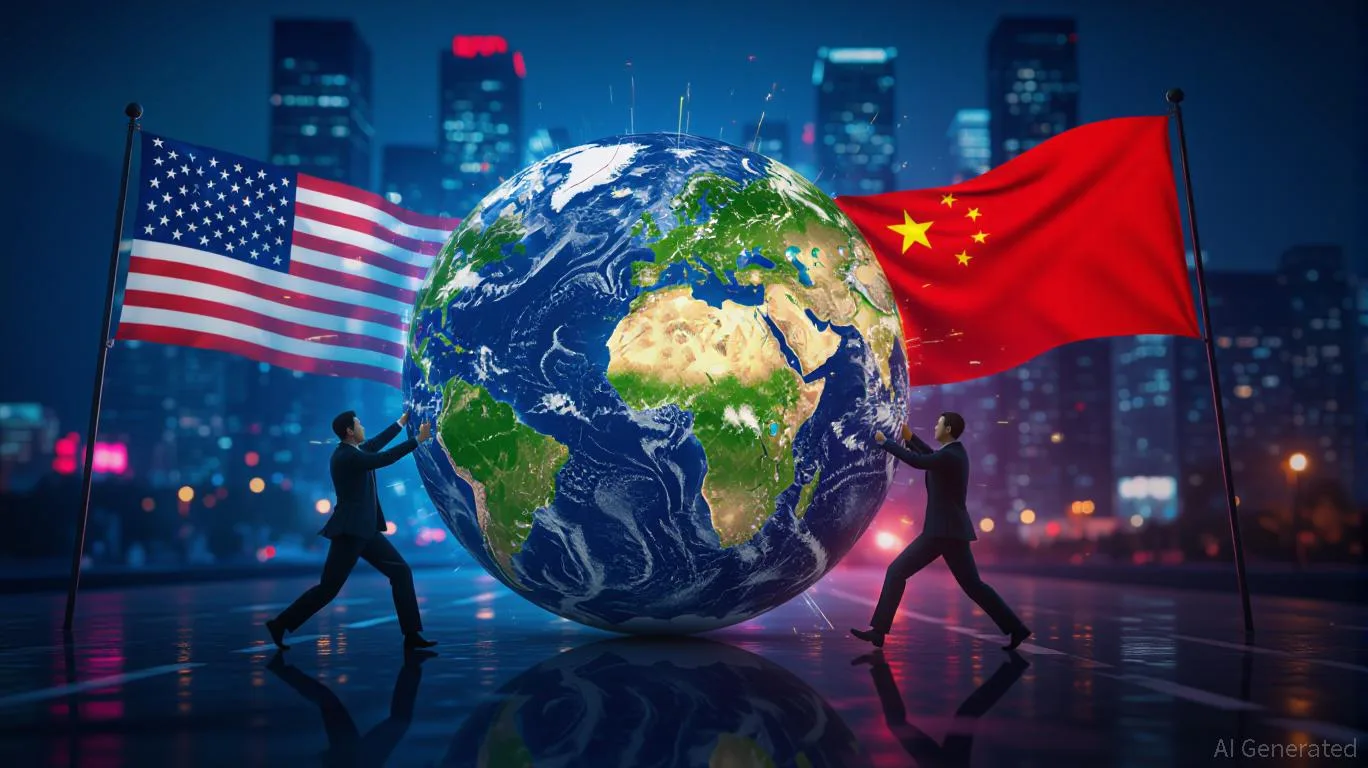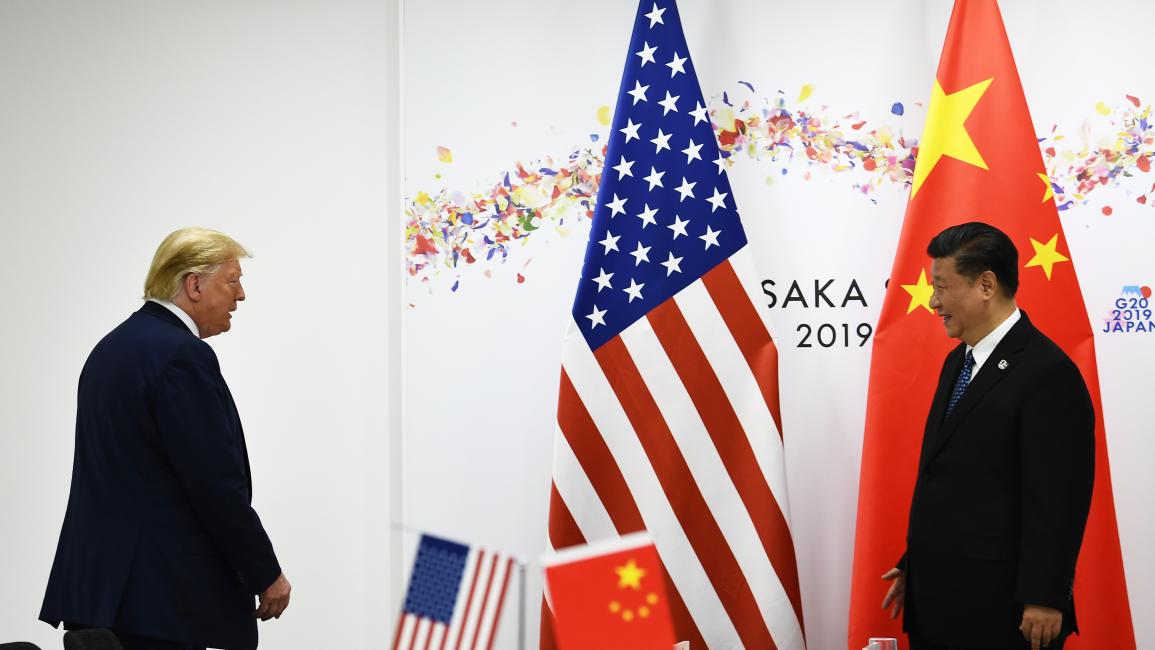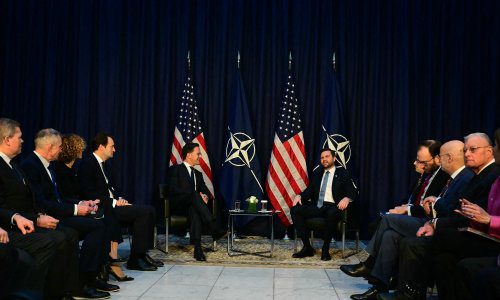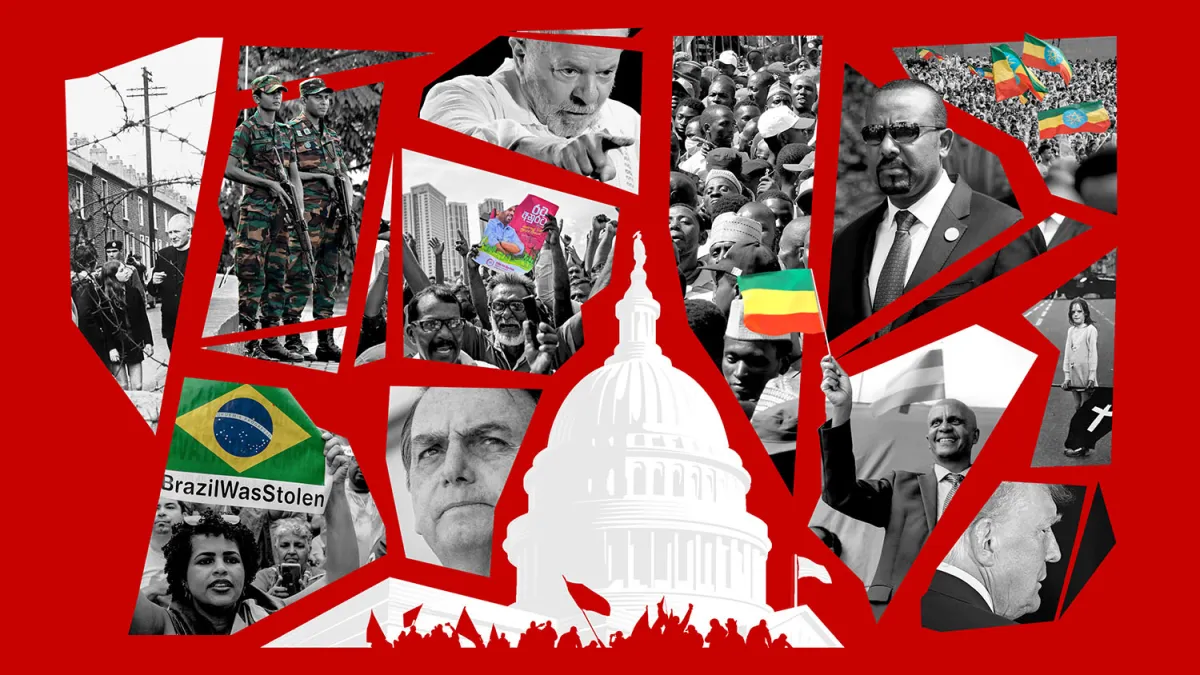US–China Trade Rift and BRICS Tensions Shake Global Economic Outlook

Mounting friction between the us) and China, combined with growing assertiveness from the BRICS alliance, is rattling investors and policymakers worldwide. The story, dominating breaking news streams, paints a picture of an economy caught between tariffs, strategic rivalry, and shifting alliances.
Former President donaldtrump)’s recent moves—including sweeping new tariffs and public criticism of BRICS—are deepening fears of long-term disruption.
Why It Matters
The US and China remain the world’s two largest economies, deeply entwined through trade, technology, and finance.
Disputes over:
-
Intellectual property
-
Semiconductor exports
-
Strategic materials
… threaten to fracture supply chains that support everything from smartphones to electric vehicles.
The BRICS Factor
BRICS—Brazil, Russia, India, China, South Africa—is positioning itself as a counterweight to Western financial dominance.
Recent signals include:
-
Moves to settle trade in local currencies instead of the dollar
-
New infrastructure and development funds
-
Coordinated statements criticizing Western tariffs and sanctions
For Washington, BRICS represents both economic and geopolitical challenge.
Trump’s Strategy
Trump’s latest policies:
-
Expand tariffs to over 66 countries, including China and India
-
Push allies to “choose sides” in trade alignments
-
Publicly threaten to block Chinese investments in key U.S. sectors
Supporters say this confronts unfair practices. Critics warn it risks isolating the U.S. from multilateral trade frameworks.
Economic Ripples
Global markets are reacting:
-
Investors move toward safer assets like gold and bonds
-
Asian and European stock indices show volatility
-
Multinational firms rethink supply routes to avoid tariff risks
Economists caution higher costs could feed global inflation.
Shifting Alliances
Some U.S. allies privately question:
-
Whether Trump’s approach protects shared interests or just American firms
-
If BRICS could lure middle economies frustrated with trade pressure
-
How to balance security ties with economic dependence on China
The tension underscores a multipolar world where trade, security, and diplomacy mix.
The China Question
Beijing has so far:
-
Matched tariffs with counter-tariffs
-
Strengthened trade ties with BRICS and Global South countries
-
Launched state-backed funds to support affected exporters
Chinese officials accuse Washington of trying to “contain development through economic bullying.”
Business Community Concerns
American companies warn:
-
Tariffs disrupt predictable costs and contracts
-
Uncertainty discourages new investment
-
Market share could be permanently lost to Asian and European rivals
For sectors like tech and agriculture, global demand depends on stable trade ties.
The Bigger Picture
Beyond immediate costs, analysts see:
-
Possible decoupling of U.S.–China tech ecosystems
-
Greater role for regional blocs like BRICS in global finance
-
Strain on institutions built around U.S. leadership, like the WTO
Whether this shift is temporary or historic remains unclear.
Final Thought
Trade wars don’t always start with tanks—but they reshape the world) just the same.
Trump’s hardline moves might deliver leverage—or accelerate a world order where the U.S. is less central.




